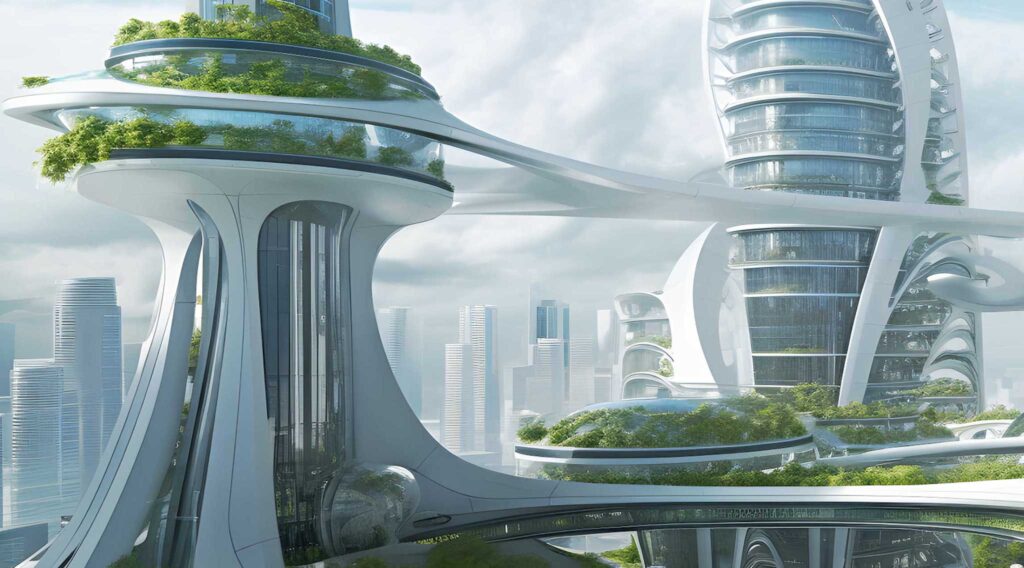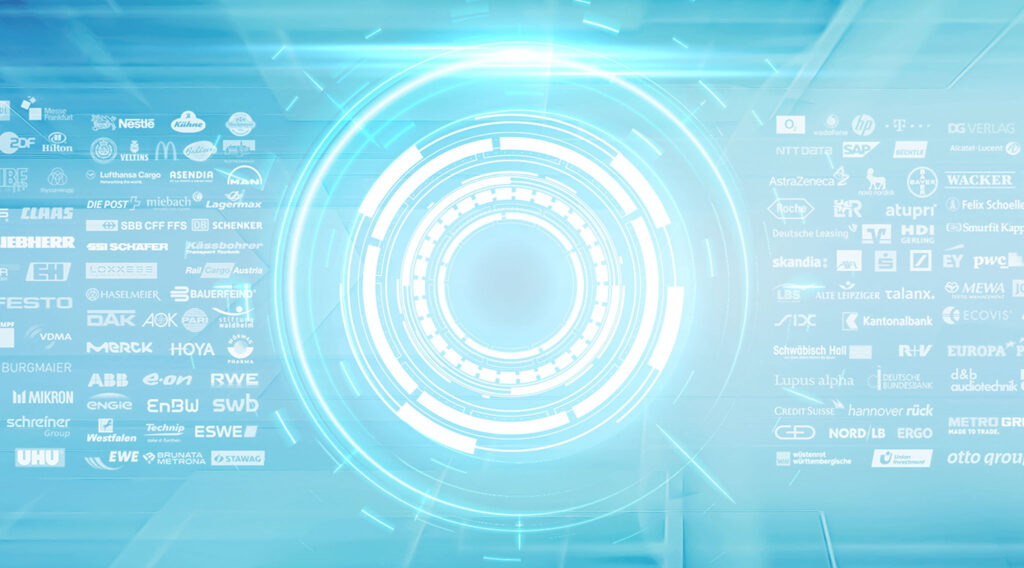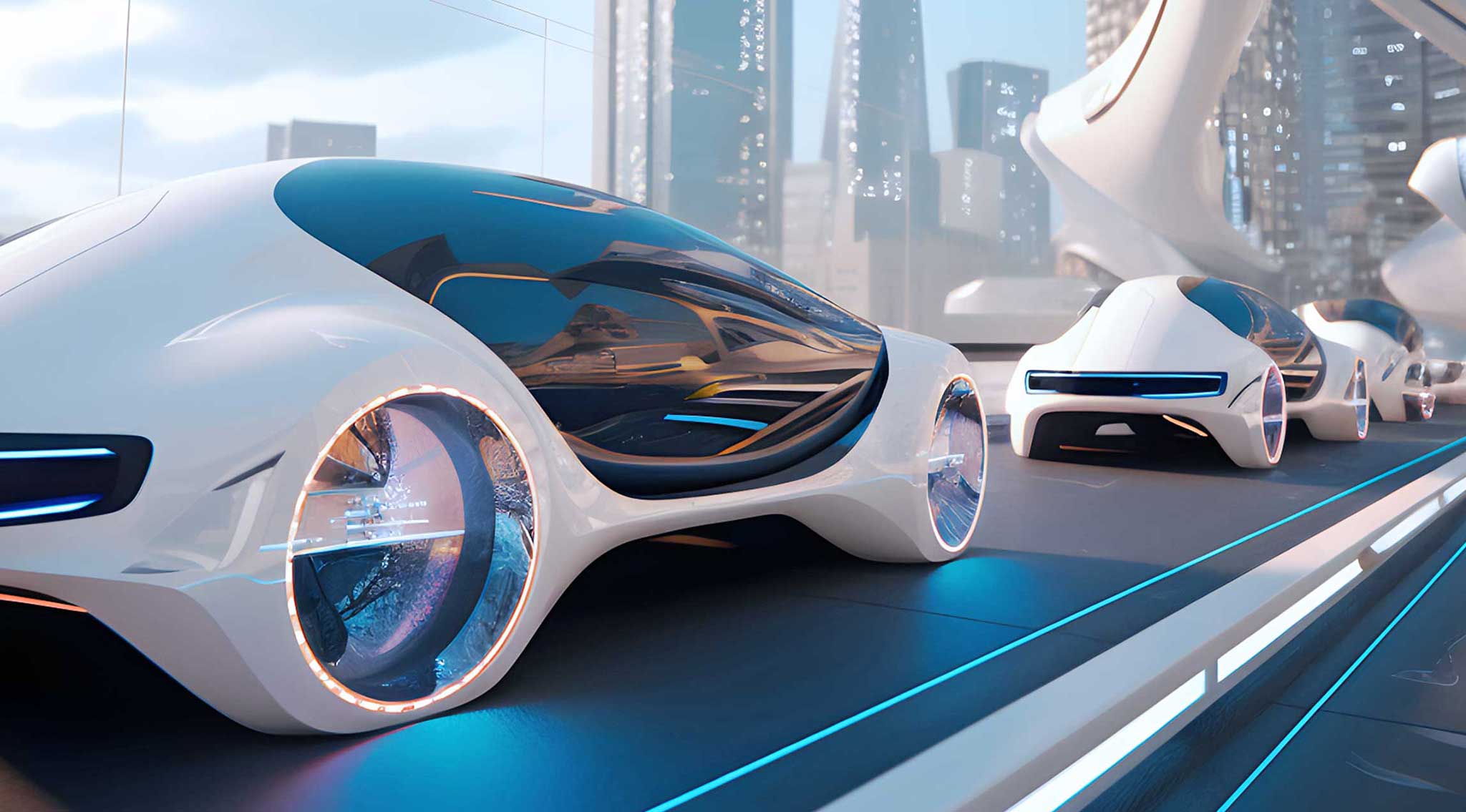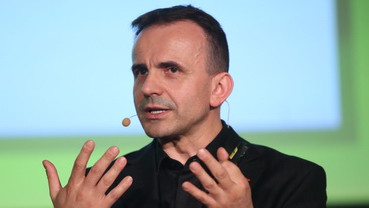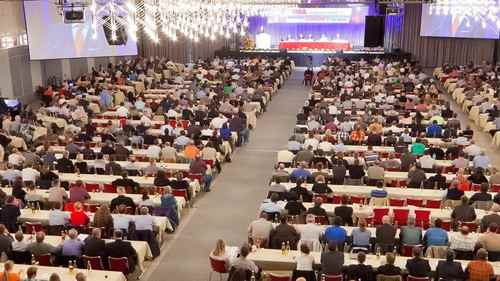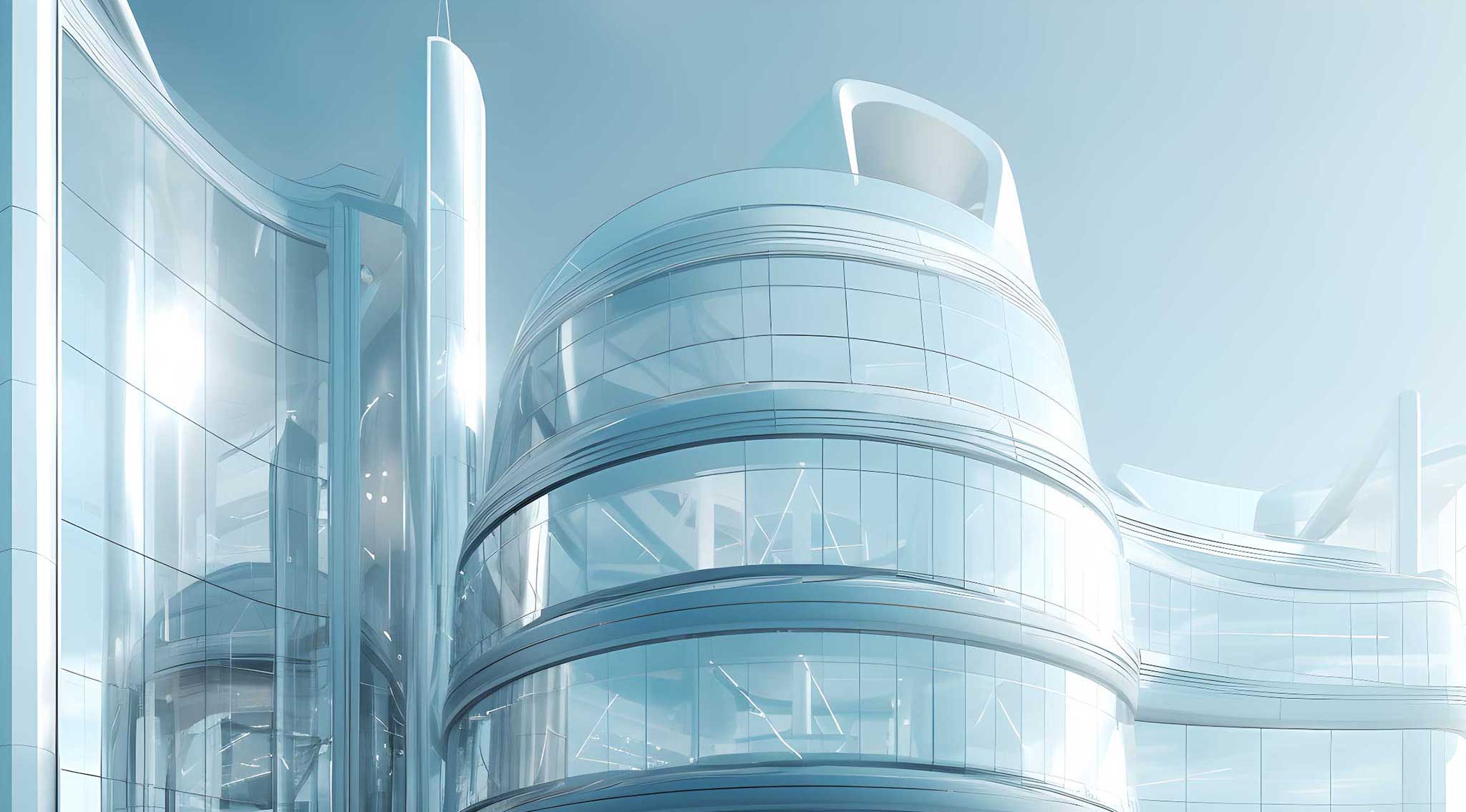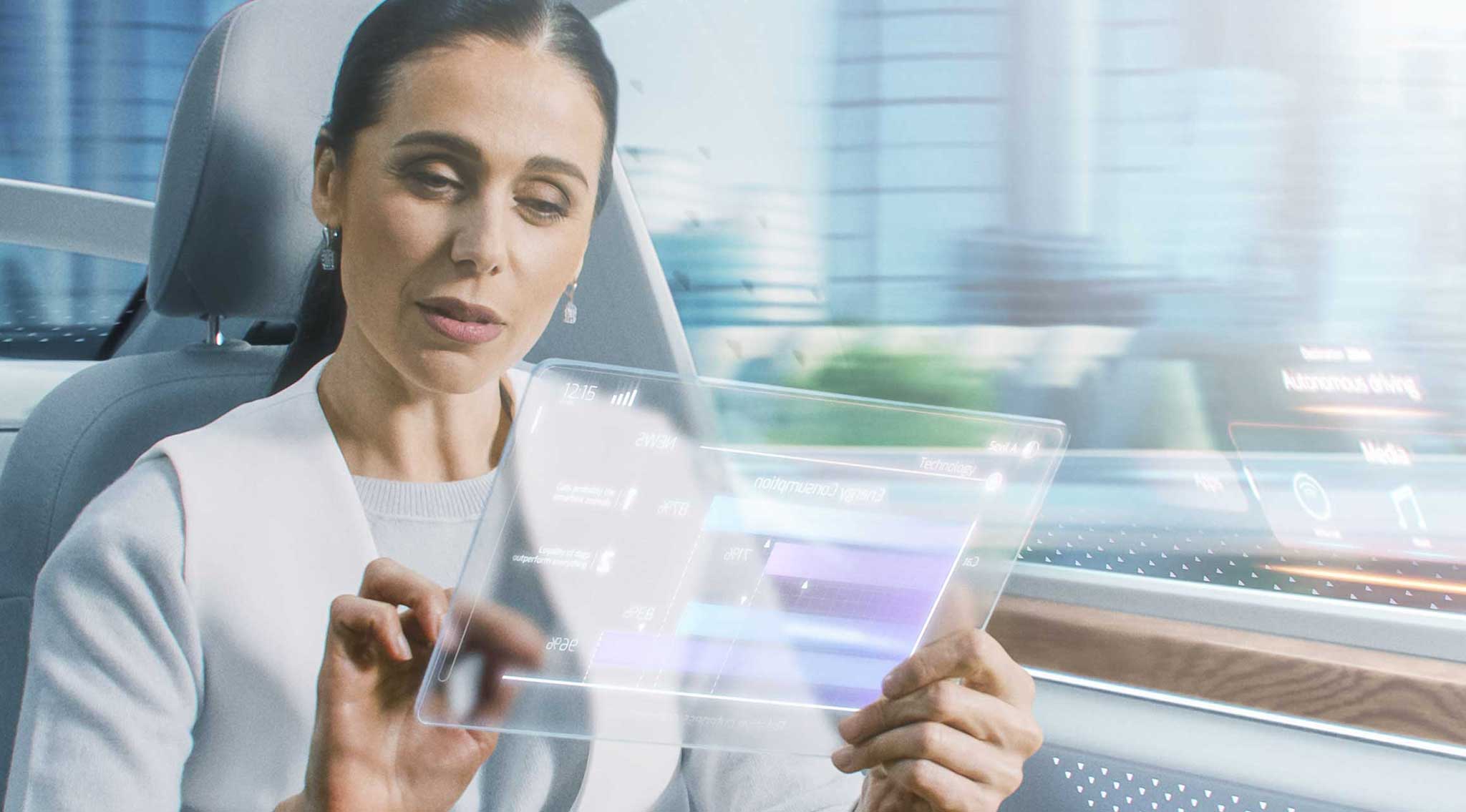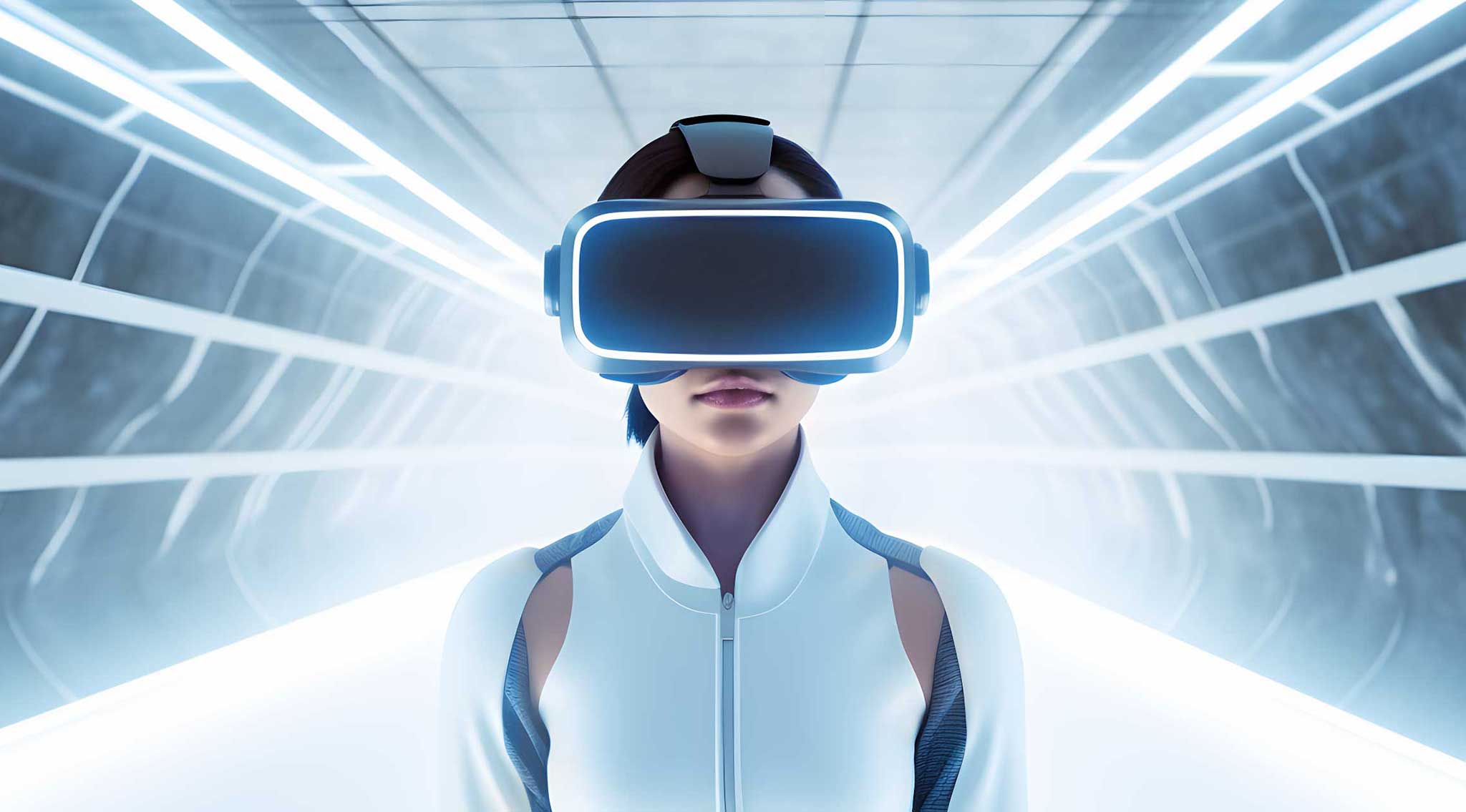Enno Däneke
Extreme speed as a customer expectation
The demands that end customers place on logistics companies will increase massively in the future. An important topic here is the speed factor – “extreme speed”, so to speak.
This expectation has been instilled in the end consumer primarily by the major online service providers and retailers. Through them, “next-day delivery” became the standard. Now they are establishing “Same-Day Delivery” and even “Same-Hour Delivery” in metropolitan areas. Logistics companies will be forced to follow this path. Extreme speed in delivery is becoming the new normal.
It is a major challenge for the logistics chain to keep up with this speed. It is likely that even private households will be supplied several times a day in the future. Just as pharmacies are already doing these days. Orders placed in the morning arrive by noon at the latest, sometimes as early as one or two hours later. Fast delivery services sometimes even bring the delivery time frame into the 20-30 minute range.
The end customers drive the requirements for the entire logistics
Logistics service providers need to develop a strategy for providing this level of service density even for products that only generate low margins. To make that happen, new technologies and new ways of thinking are needed.
This is a difficult task for the large number of medium-sized companies. It means massive investment and intensive engagement with new topics and ways of thinking. But medium-sized companies must also address this challenge if they want to be successful in the supply business. Otherwise, they will have to look for new markets and restrict themselves to other stages of the value chain.
However, the requirements become more challenging over time at all levels. This is because the speed mindset that exists at the end customer will gradually seep through the entire supply and value chain. In the end, the last service provider must follow suit.
Flexibility as a customer requirement of the future
The second issue that will be very important to end customers in the future is flexibility. Customers will no longer be willing to follow delivery services. Instead, they will expect them to follow suit. In the future, packages will no longer be delivered to fixed postal addresses, but to people’s current locations. The location transmission of cell phones makes it possible.
For privacy-sensitive customers, slimmed-down forms of location-based delivery are also conceivable. The end customer is then not located himself. Instead, for example, check-in occurs at specific locations (e.g., the workplace). The system recognizes this location as the destination point and sends the delivery there.
If the recipient has to leave the workplace spontaneously, this movement is registered and the delivery is redirected. It can instead be delivered to another office or to a transportation hub where delivery can be easily received. The recipient may also decide to have the delivery delivered to their home at a later date. In this case, the delivery will be withheld until then.
Certainly, this practice does not make sense for every type of delivery; after all, the delivery must be transported from the recipient’s home or to another destination. For certain situations, however, this flexibility is an interesting alternative that customers will demand.
Technical possibilities are exhausted
Why will customers do this? It will be possible and there will be companies that offer exactly this form of flexible delivery.
Ultimately, entrepreneurs must ask themselves whether they want to be active in this new market.
In the future, deliveries will be much more “recipient-centric”. A clear difference compared to today, where it is rather the capability of the logistics process that determines how a delivery takes place. Nowadays, the recipient must follow the logistics process and not the other way around. This will not be accepted in the future.
Follow these links as well:
► The Future Strategy Program for SMEs
► Free video crash course THE FUTURE OF YOUR BUSINESS
► BUSINESS WARGAMING for robust business and future opportunities
► KEYNOTES by Pero Mićić for your employees and customers
Have a bright future!

